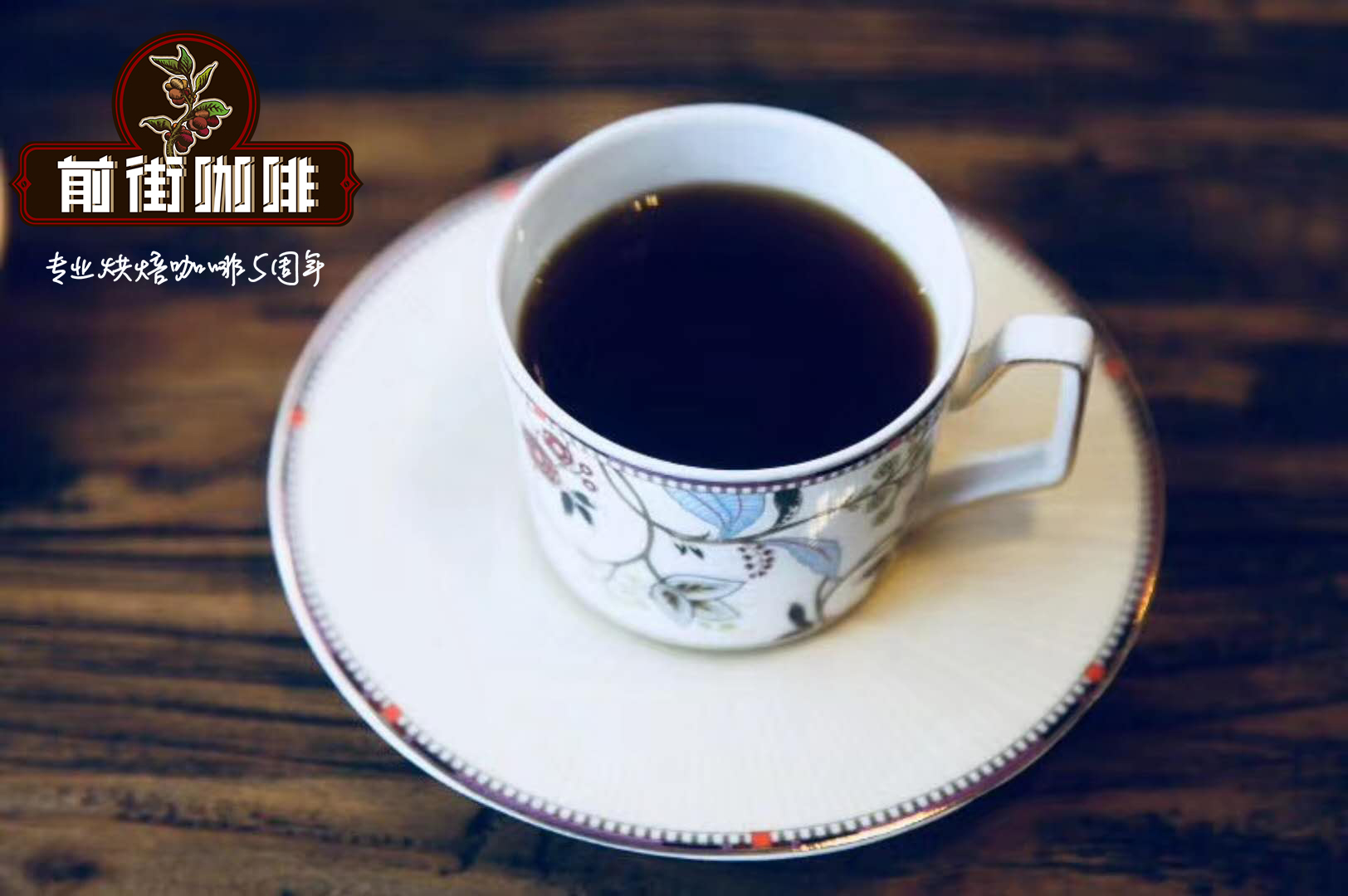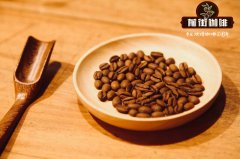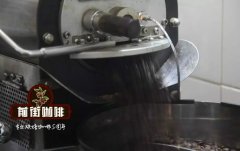What should be paid attention to when baking Pacamara coffee? What are Pacamara coffee beans?

Professional coffee knowledge exchange more coffee bean information please follow the coffee workshop (Wechat official account cafe_style)
Maragogipe, also known as "elephant beans", was found growing in fields near the town of Maragogipe in Bahia, Brazil in the late 19th century. It never takes off as a single source of coffee because although it adapts to colder climates, it is porous, difficult to bake, and tends to be woody and flat in the cup. Although it originated in Brazil, it is now the most widely cultivated, albeit in small quantities, throughout Central America. Although its main attraction may be the novelty of its huge beans, when carefully planted and processed and sensitively baked, it can provide subtle and unique sensory features that tend to be sweet.
Pacamara, a mixture of Pacas and Maragogipe, is the highlight of 30 years of research in El Salvador. Named after the family of the highly valued bourbon variety found on his farm in 1956, Pacas is a short, sturdy tree that can withstand wind and climate fluctuations and tends to produce high yields. Pacamara retains Maragogipe soybeans, but usually produces deeper, more complex cups. Pacamara was officially launched by the Salvadoran Coffee Institute (ISIC) in the 1980s.
There are many theories (and written articles) about Pacamara varieties. This is a huge bean; the screening size of this coffee is very high. If done well, Pacamara has excellent flavor potential. However, if no care is taken in drying and processing, the resulting brew may have a distinct and unpleasant earthy taste. The variety originated from the Salvadoran Coffee Institute (ISIC) in the late 1980s and is the result of a cross between Pacas and Maragogipe. The purpose of this journey is to take advantage of the drought and disease resistance of Pacas and the high cup quality of Maragogipe.
The water content of this coffee is 11.2%, slightly above average. The density here is also very high, 0.73g / mL. These two factors, coupled with a larger than normal bean size, will make roasting slightly more complicated than regular Central American coffee. One thing you can look forward to is the overall preparation and grading of beans; this is a very good, even coffee. Remember, this is a very large bean; it will play a role in the baking process.
END
Important Notice :
前街咖啡 FrontStreet Coffee has moved to new addredd:
FrontStreet Coffee Address: 315,Donghua East Road,GuangZhou
Tel:020 38364473
- Prev

La Divina Providencia Farm in El Salvador introduces what varieties are grown in El Salvador
Professional coffee knowledge exchange more coffee bean information please follow the coffee workshop (Wechat official account cafe_style) boutique coffee Salvadoran coffee features Salvadoran coffee introduction Divina Providencia La Divina Providencia farm was acquired nine years ago by the fourth generation coffee grower Roberto Ulloa, he changed the farm from abandoned conditions to Palo de Camp
- Next

How about Colombian Huilan coffee? Characteristics of coffee in Antioquia, Colombia
Professional coffee knowledge exchange more information about coffee beans Please follow the coffee workshop (Wechat official account cafe_style) it is said that Colombian coffee comes from the Caribbean island of Haiti. After years of development, the soft coffee produced in Colombia has become one of the highest quality varieties in the world. Today, Colombia has become one of the largest coffee producers.
Related
- Detailed explanation of Jadeite planting Land in Panamanian Jadeite Manor introduction to the grading system of Jadeite competitive bidding, Red bid, Green bid and Rose Summer
- Story of Coffee planting in Brenka region of Costa Rica Stonehenge Manor anaerobic heavy honey treatment of flavor mouth
- What's on the barrel of Blue Mountain Coffee beans?
- Can American coffee also pull flowers? How to use hot American style to pull out a good-looking pattern?
- Can you make a cold extract with coffee beans? What is the right proportion for cold-extracted coffee formula?
- Indonesian PWN Gold Mandrine Coffee Origin Features Flavor How to Chong? Mandolin coffee is American.
- A brief introduction to the flavor characteristics of Brazilian yellow bourbon coffee beans
- What is the effect of different water quality on the flavor of cold-extracted coffee? What kind of water is best for brewing coffee?
- Why do you think of Rose Summer whenever you mention Panamanian coffee?
- Introduction to the characteristics of authentic blue mountain coffee bean producing areas? What is the CIB Coffee Authority in Jamaica?

